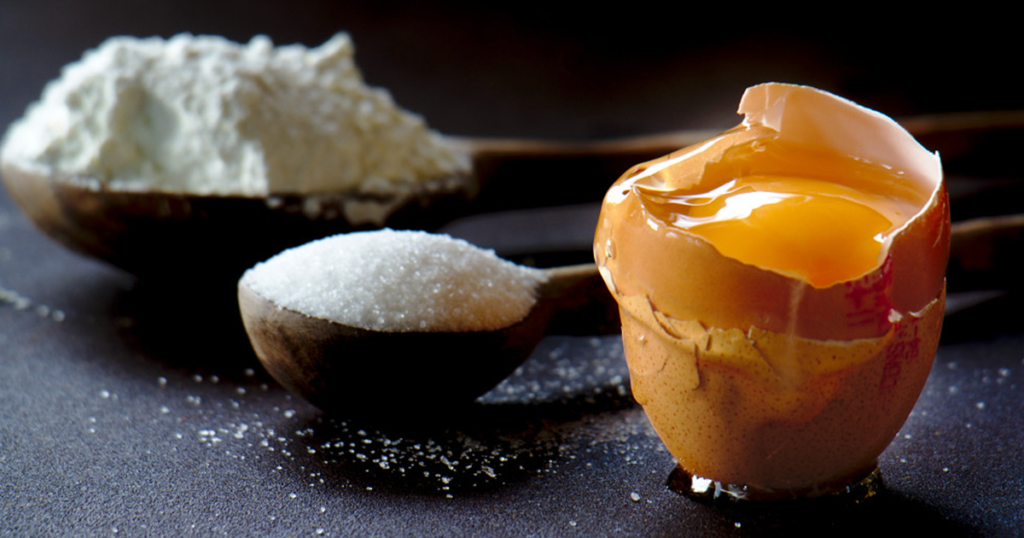
In January, I had a yen for frixuelos and went looking for a pan to make this traditional Asturian crêpe-like dessert. Wait—crêpe-like? No, not similar to crêpes but the same as. Asturian crêpes. No, not that either, as if the flat fried disc were more French than Asturian, or French first. So instead, then, a thin flat pancake eaten in Asturias, nearly indistinguishable from the crêpe except in how it’s served, which is often folded into a triangular wedge rather then rolled. Frixuelos are typical fare at almost any traditional celebration in Asturias, but especially at Carnival, which, culminating on February 16 this year, was then a month away. Stores, still selling off leftover Christmas goods before preparing for Carnival, had no pans in stock. I would have to wait.
The pan for frixuelos has low sloping sides. A crêpe pan I once saw in use was bigger across and had edges that sloped down. The idea with that pan was to turn it upside down to dip the cooking surface into a plate of batter, picking up the thinnest coating. Those crêpes were very thin indeed. With a frixuelo pan, you pour in a ladleful of batter and tilt to spread evenly. The pancakes are a bit thicker than their French cousins.
You needn’t go as far as the French border to meet other members of the family. Next door in Galicia, this dessert is called filloas and the recipe sometimes includes a cup of pig blood. A version typical of mountainous areas of Asturias and neighboring León is made with a string of batter in a spiral, like a funnel cake, and is called a frixuelo vaquieiro after the nomadic shepherds who make it that way. In some South American countries, a version is called a panqueque. So yes, many ways to skin a cat. Or, as in Spanish, Cada maestrillo tiene su librillo, every teacher has their book.
I now have a frixuelo pan, so I’m covered if my hankering returns in time for Carnival. But should it be another Carnival treat, buñuelos, torrijas, casadielles, or leche frita that I crave, I believe I’ll deal with the desire not by looking for recipes and then gathering the utensils and ingredients but instead the easy way, in one fell swoop, with a stop at the best pastry store in town. There, every year, I see trays of tasty looking treats displayed, and every year I resist. But maybe it’s time to give in and put to rest the craving. Make that cravings, because half a dozen types of goodies look equally delicious, and if I haven’t wanted a particular one before seeing it, I will afterward. I can imagine it: a gray day, a door creaks, a person slides in, a finger points, a handful of money is exchanged, all parties masked, and back home the deed is completed, the craving killed. Wait—killed? No, just temporarily incapacitated. Because these cravings always have multiple lives.

